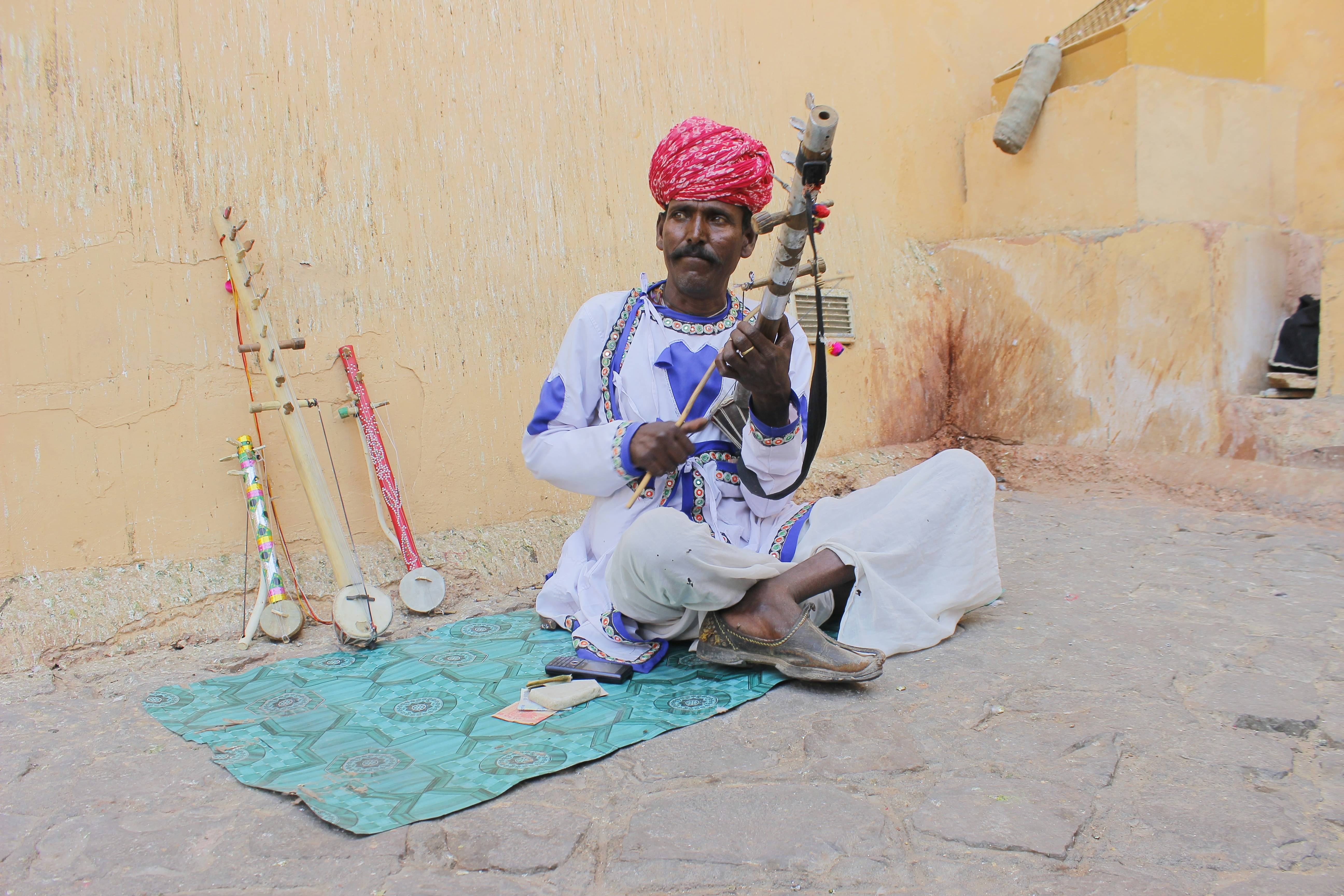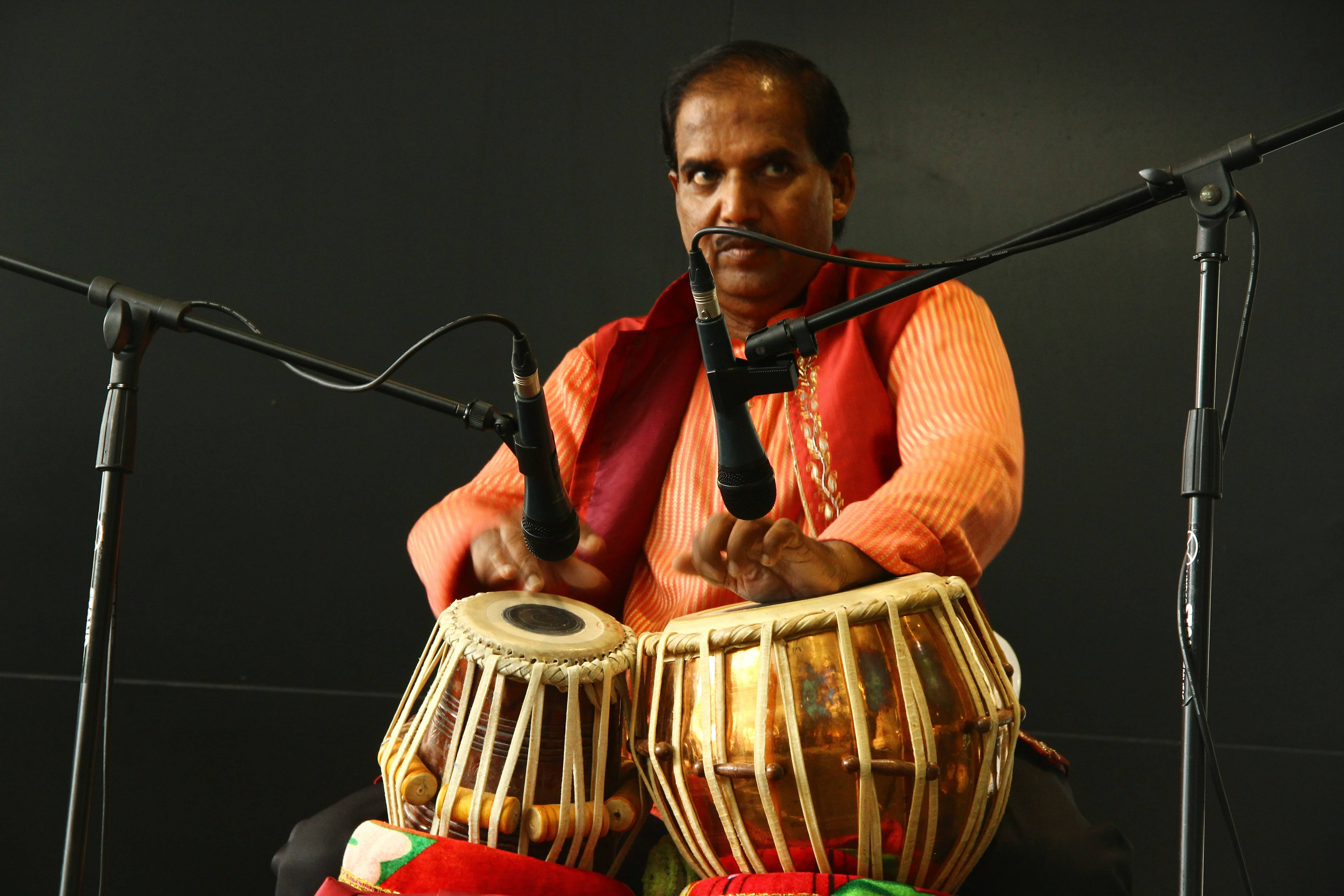Updated March 15th 2024, 16:41 IST
Raga, Tal, Instruments, A Look At What Differentiates Hindustani Music From Carnatic
While Hindustani and Carnatic music share common roots in Indian classical tradition, they have distinct stylistic differences. Let us know more.
- Lifestyle News
- 3 min read
Indian music takes different forms in different parts of the country, each being unique and special. Hindustani and Carnatic music are two distinct classical music traditions of India, each with its own rich history, repertoire, and stylistic characteristics. While both traditions share common roots in ancient Indian musical scriptures and traditions, they have evolved separately over the centuries, resulting in unique musical styles and practices. Let us get to know some key differences between Hindustani and Carnatic music.
Geographical origin
Hindustani music originated in North India, primarily in the regions of Uttar Pradesh, Bihar, and Madhya Pradesh. It was influenced by Persian and Central Asian musical traditions due to historical interactions with the Mughal Empire. Carnatic music, on the other hand, originated in South India, particularly in the states of Tamil Nadu, Karnataka, Andhra Pradesh, and Kerala. It has been deeply rooted in the Dravidian culture and tradition of the region.

Raga system
Both Hindustani and Carnatic music are based on the concept of ragas, which are melodic frameworks that govern the composition and improvisation of music. However, they differ in their approach to ragas. Hindustani music has a more improvisational and fluid approach to ragas, with greater emphasis on exploring the nuances and emotions of each raga through elaborate improvisations known as alap, jor, and jhala. Carnatic music, on the other hand, follows a more structured and systematic approach to ragas, with strict rules governing their elaboration and development.
Tal system
Another key difference between Hindustani and Carnatic music lies in their respective tal systems, which are rhythmic cycles or patterns used in composition and performance. Hindustani music primarily follows the North Indian tal system, which includes rhythmic cycles such as teental, ektaal, and jhaptaal. Carnatic music, on the other hand, follows the South Indian tal system, which includes rhythmic cycles such as adi talam, rupaka talam, and misra chapu talam. The tal systems of both traditions differ in their structure, emphasis, and usage in composition and improvisation.

Instruments
While both Hindustani and Carnatic music utilise a wide range of instruments, there are some differences in the instruments commonly associated with each tradition. Hindustani music is often accompanied by instruments such as the sitar, sarod, tabla, harmonium, and flute. Carnatic music, on the other hand, commonly features instruments such as the veena, mridangam, violin, ghatam, and flute. These instruments are used to accompany vocal performances as well as for solo and ensemble performances in both traditions.
Published March 15th 2024, 16:41 IST